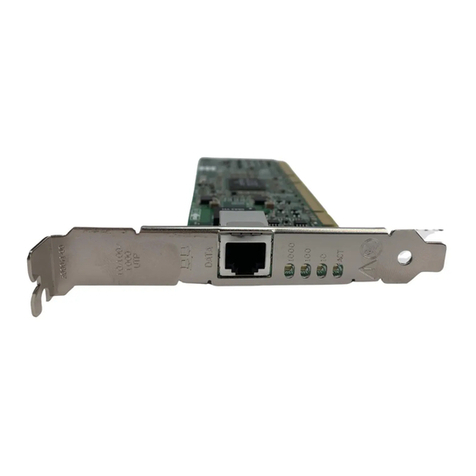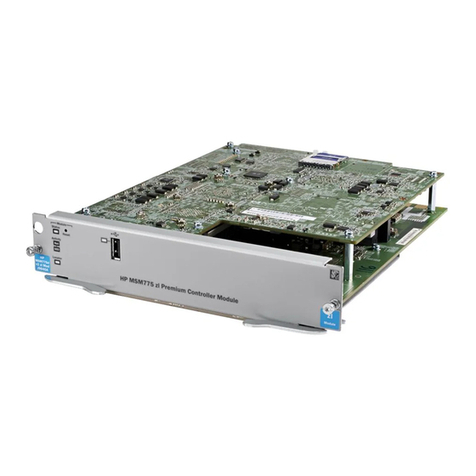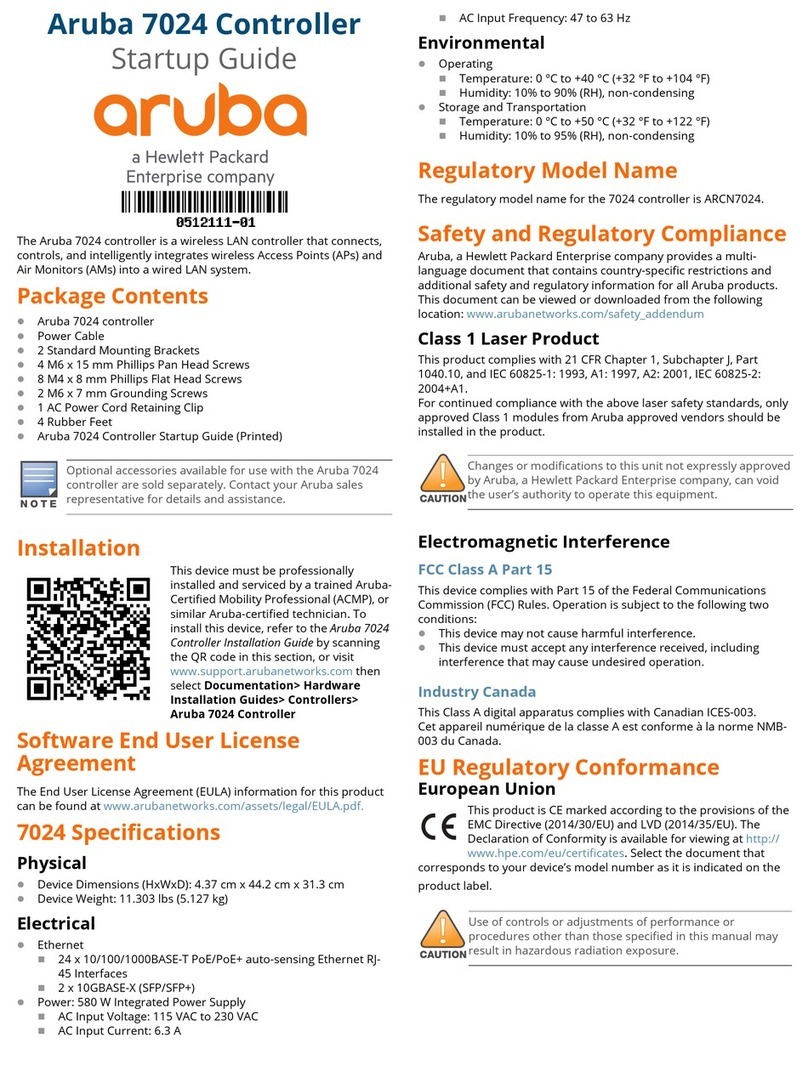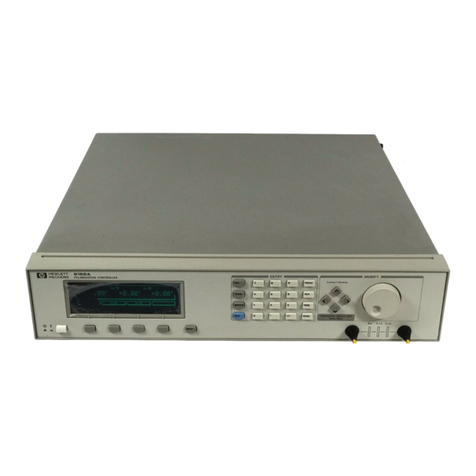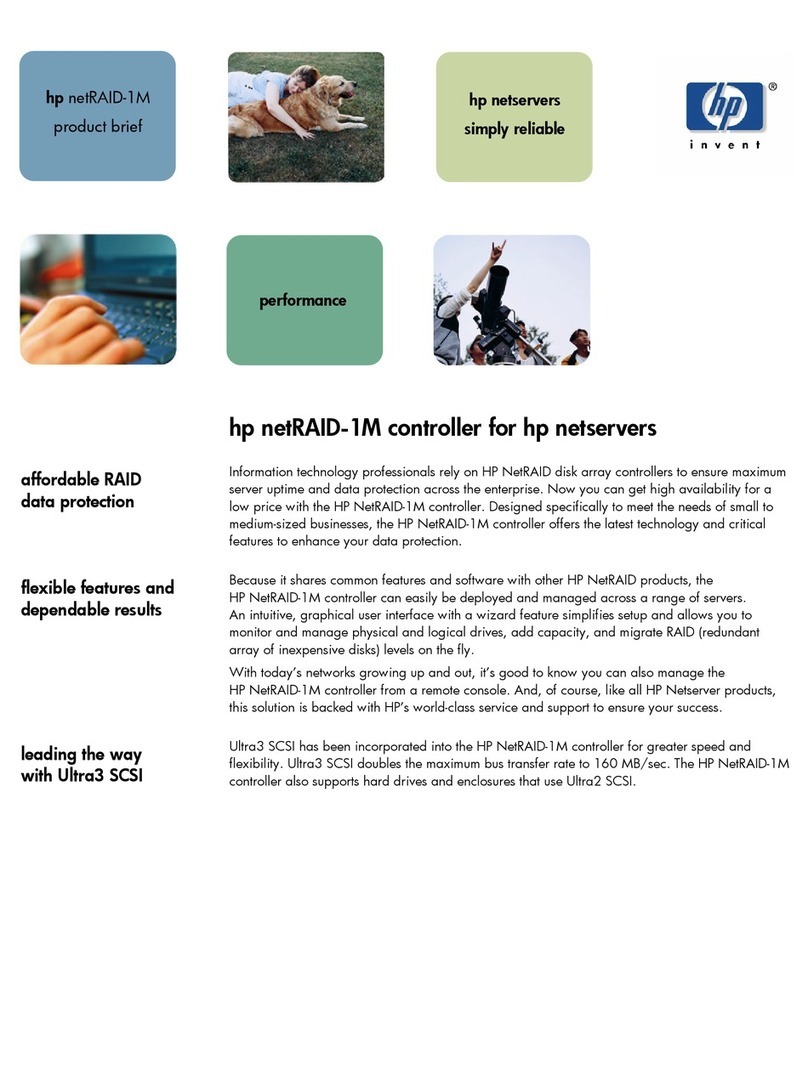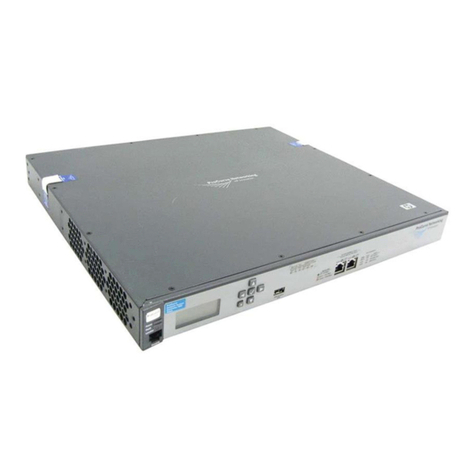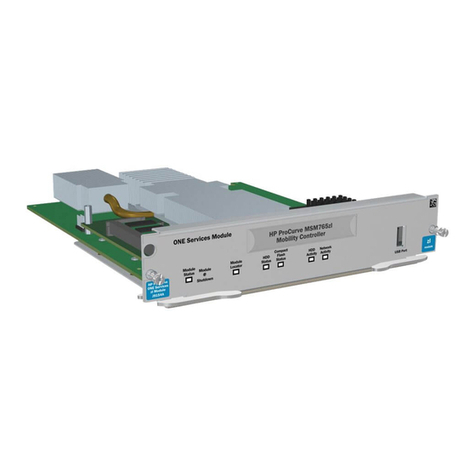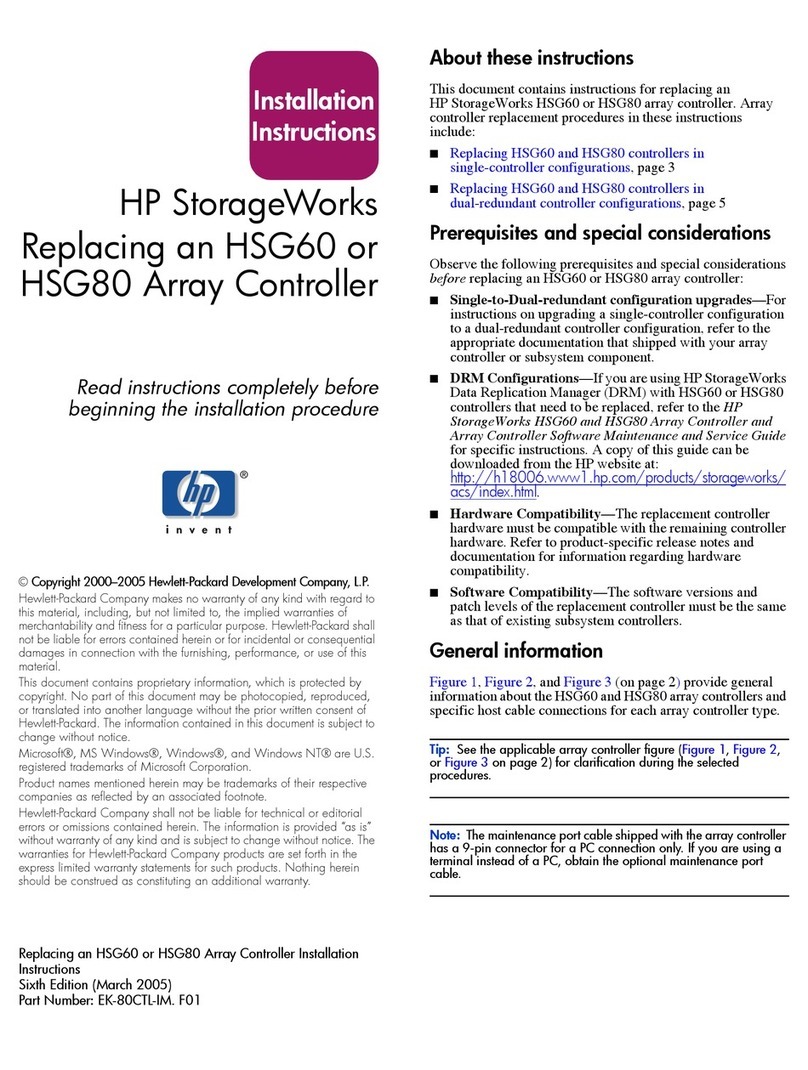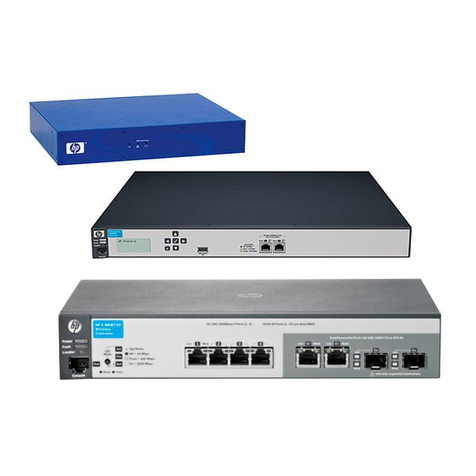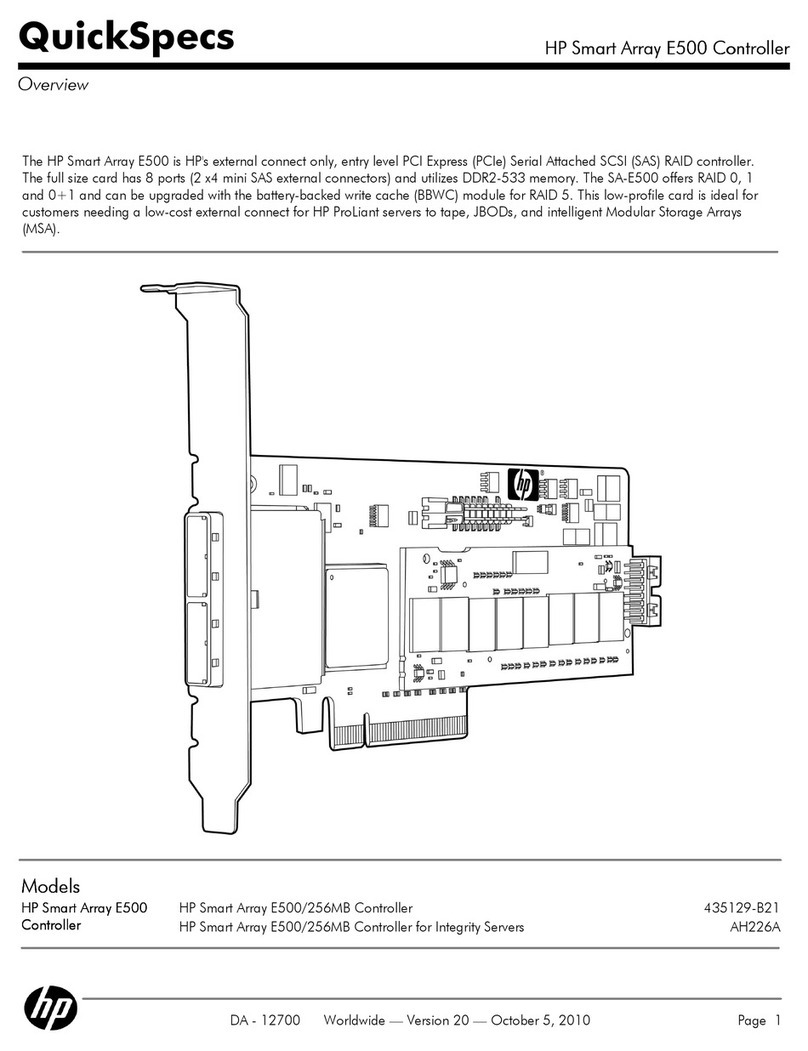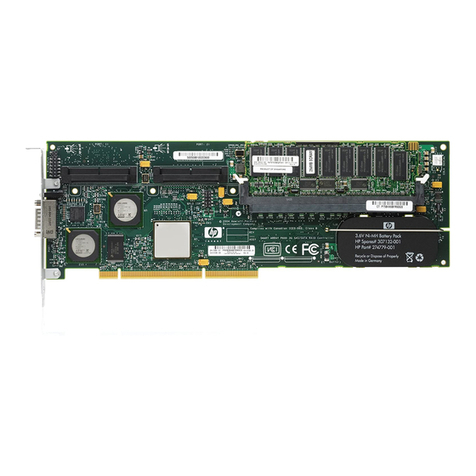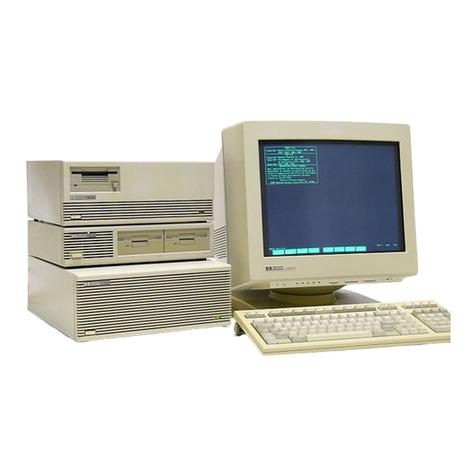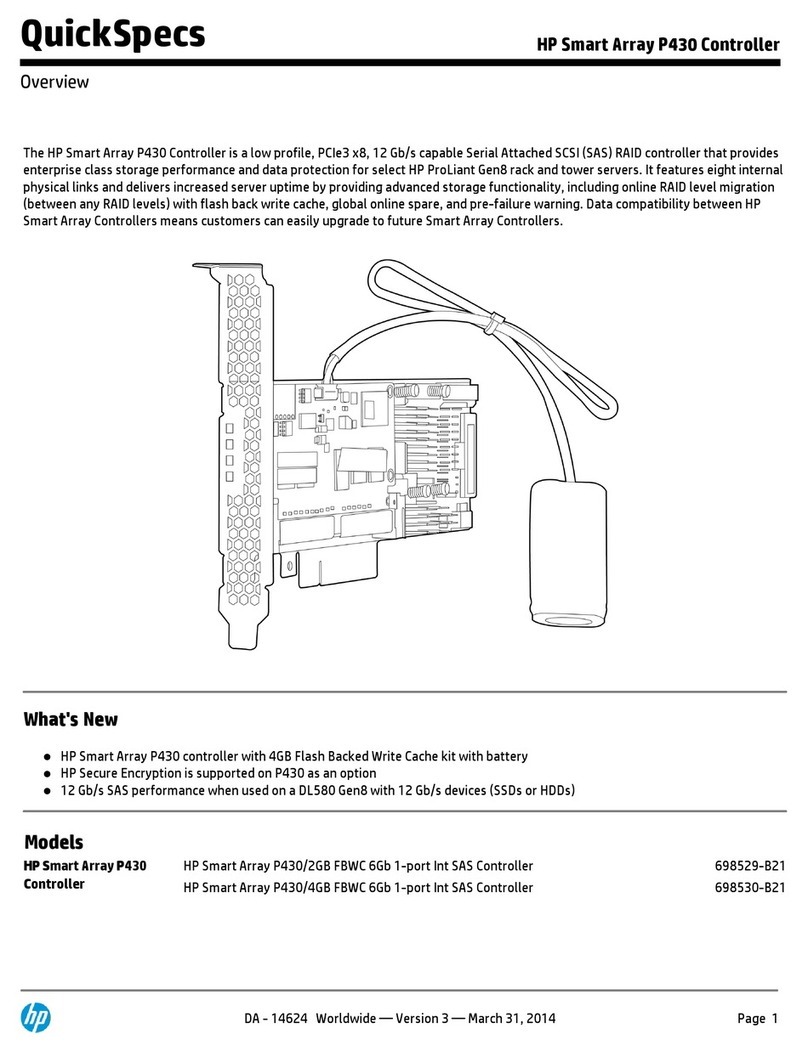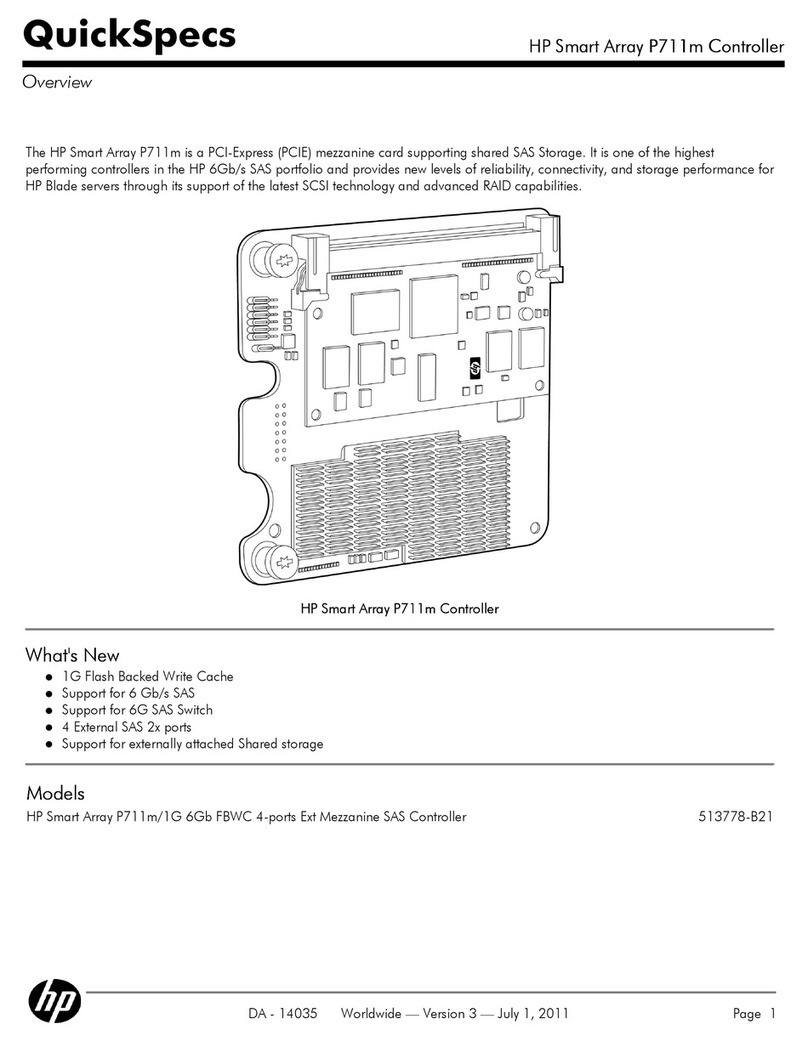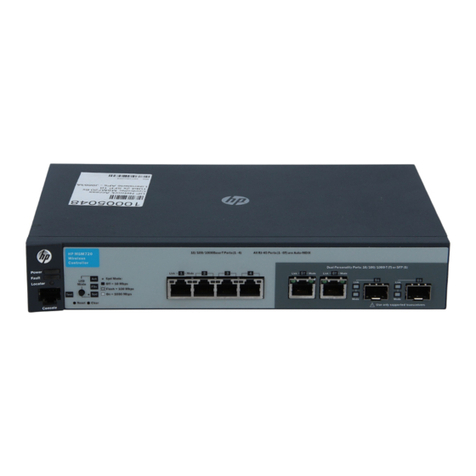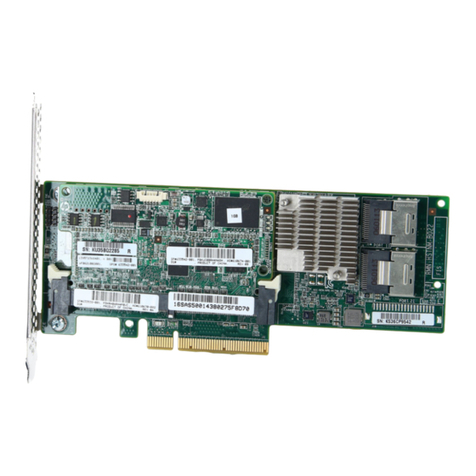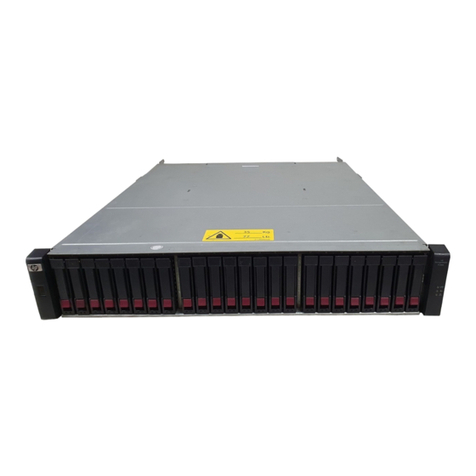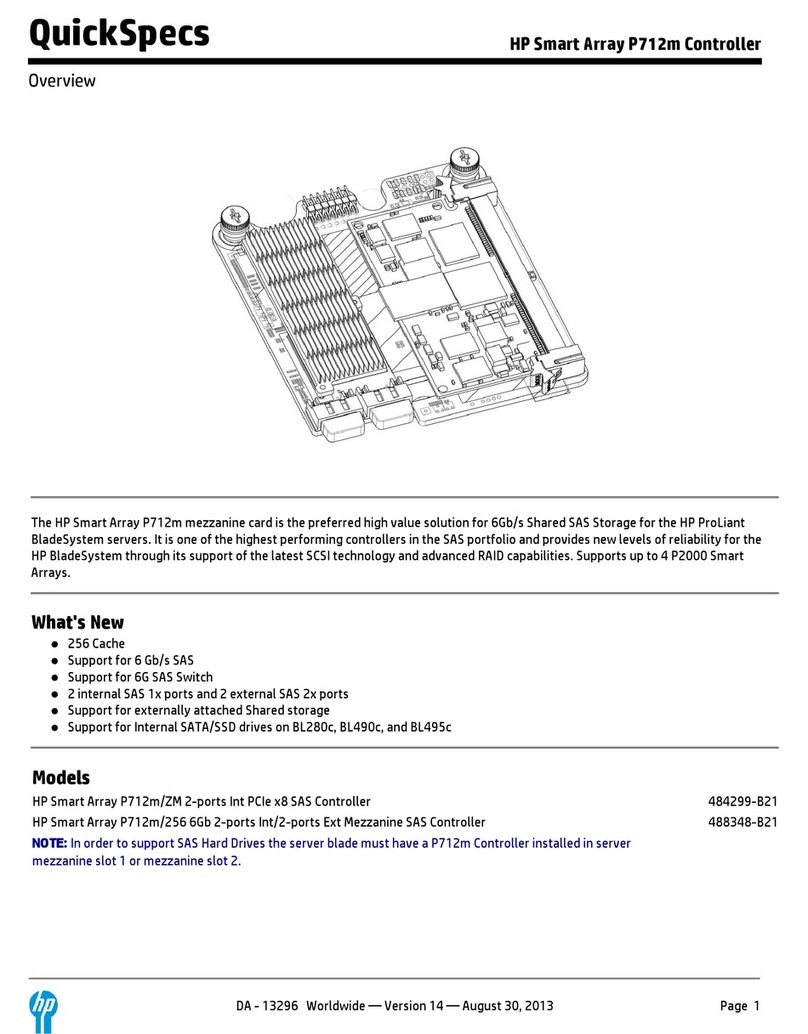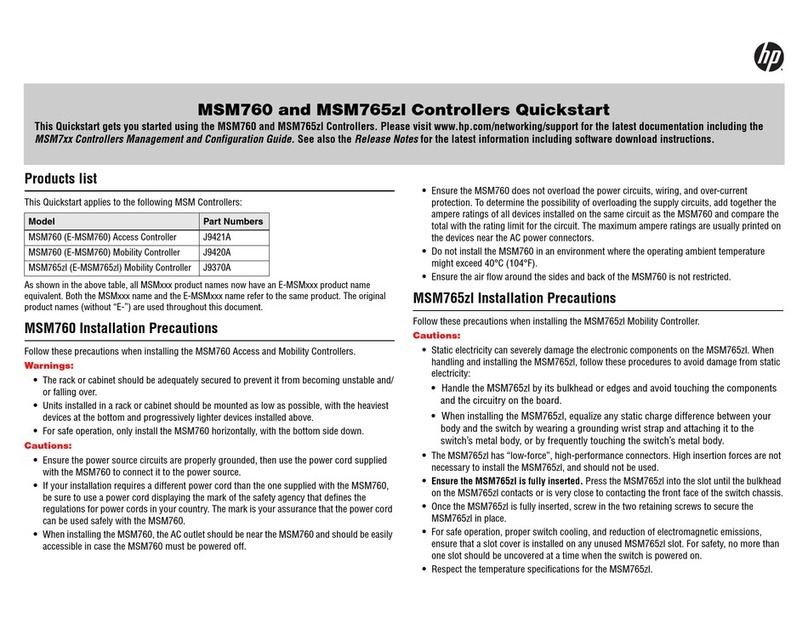
_GE_N_E_R_A_L_IN_F_O_R_M_A_T_IO_N
---'I~
This
manual
presents installation
and
service instructions for the HP
30242A
LAN/3000
Link Local Area
Network
Interface
Controller. This section contains general
information
covering
the
HP
30242A
LAN/3000
link
product,
and
includes adescription
and
specifications.
GENERAL
DESCRIPTION
The HP
30242A
LAN/3000
link
is
an
implementation of the IEEE
802.2
and
IEEE
802.3
Local Area
Network
(LAN) standards
and
is
used
in
HP 3000 computer systems.
The
HP
30242A
allows
the
!:lP
3000
to communicate
with
other
HP 3000s over
an
IEEE 802.3,
O.
4-inch
baseband Local Area
Network
(LAN).
The IEEE
802.3
Local Area Networks (LANs) consist
of
three
major elements: acoaxial cable transmission
medium, units
to
access this medium (Medium
Attachment
Units,
or
MAUs),
and
controllers.
For
the
HP 30242A,
the
controller
is
the
Local Area
Network
Interface
Controller
(LANIC).
Afitting, called atap, pierces
the
coaxial cable
and
provides aconnection
from
the
cable
to
the
Medium
Attachment
Unit
(MAU). An
Attachment
Unit
Interface (AUI) cable connects
the
MAU
to the
LAN
Interface
Controller (LANIC). The LANIC,
in
addition
to
controlling
the
other
LAN
elements, functions
as
the
interface
from
the
Local Area
Network
to
the
computer system. Atypical Local Area
Network
is
shown
in
figure
1-1.
Each host computer system, including LANIC, AUI, tap, and
MAU
is
called anode
on
the
Local Area Network. The LANIC, AU
I,
tap,
and
MAU
are
all
part
of
the
HP
30242A
LAN/3000
link.
The HP
30242A
LAN/3000
link
is available for use
with
the
HP
3000
Series 39, 40,
and
42;
and
the
HP
3000
Series 44, 48 64,
and
68. The LANIC, MAU,
and
AUI cable
are
the
same
for
all
HP
3000
Series;
however, two
different
LANIC cables
are
offered
(see
the
paragraph
"Equipment
Supplied").
The
LAN/3000
link functions
as
an
intelligent
Direct
Memory Access (DMA)
channel
which
communicates
with
the
host system via
the
system I/O backplane. Local intelligent control is provided by
amicroprocessor
and
firmware
on
the
LAN
Interface
Controller
(LANIC).
An
8-bit
Z-80B
microprocessor (MPU) on
the
LANIC handles all the
LAN/3000-to-host
communication
and
performs
many
link-level
operations independently of
the
host. Atype
82586
Local Communications Controller
(LCC)
on
the
LANIC performs high-speed serial operations, packet address checking,
network
contention
control, packet formatting,
and
Cyclic Redundancy Check (CRC)
generation
and
checking.
The
LCC
is
controlled by
the
Z-80B
through
local (card resident) memory.
Feb
8S
1-1

